Robert Macfarlane interview: A linguistic wander through Britain's wild landscapes
The bestselling writer Robert Macfarlane has a message for the Nimbys who would preserve heritage views at all costs: relax, get into the fields and cherish the extraordinary language of landscape instead
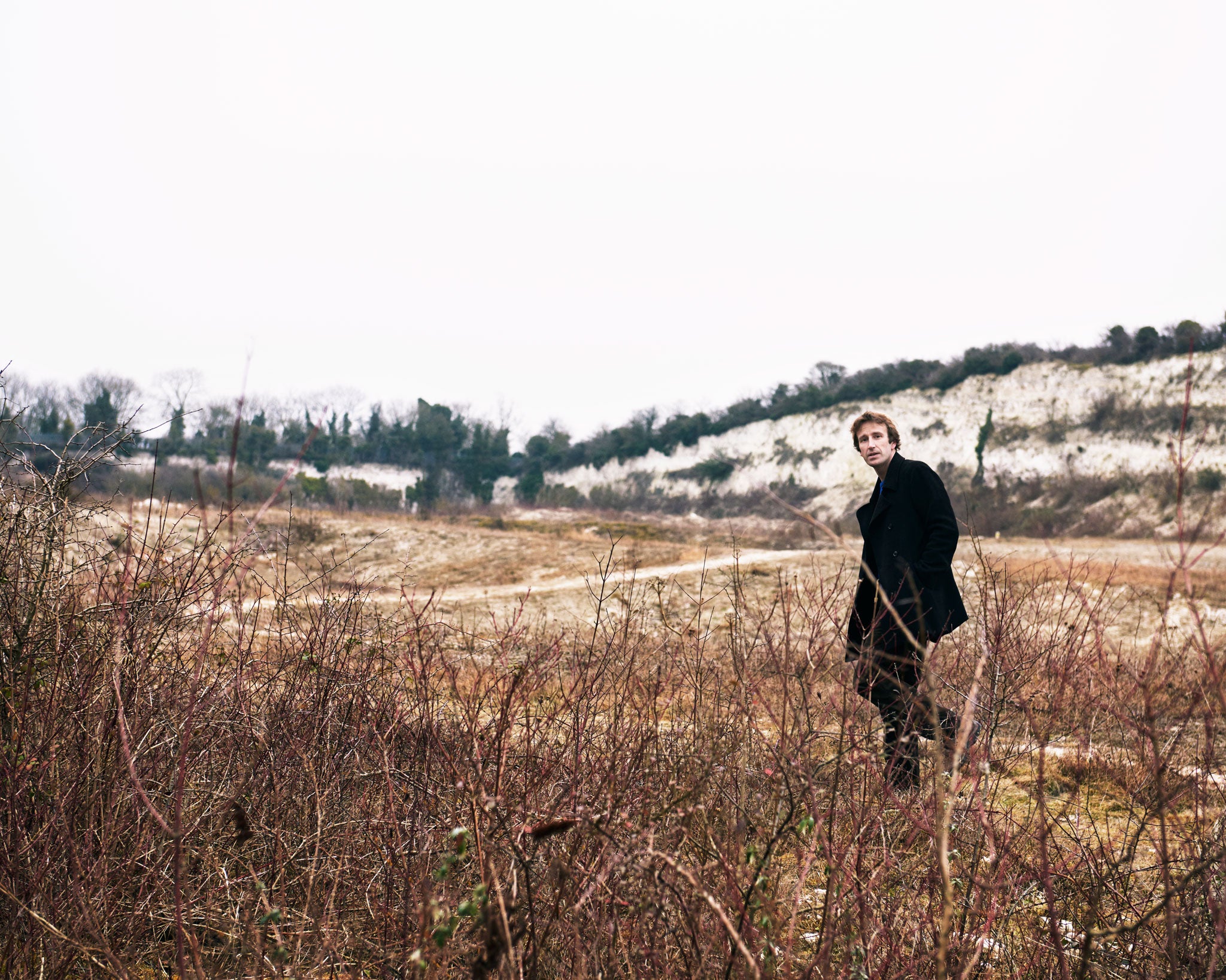
Support truly
independent journalism
Our mission is to deliver unbiased, fact-based reporting that holds power to account and exposes the truth.
Whether $5 or $50, every contribution counts.
Support us to deliver journalism without an agenda.

Louise Thomas
Editor
Only a few seconds into our tramp around the semi-rural "edgelands" south of Cambridge, and Robert Macfarlane has already spotted a mascot for the entire enterprise. A flash of brush vanishes into the scrubby chalk slope at the corner of our eyes. "Was it a muntjac or just a massive dog fox?" Macfarlane asks. Neither he, nor I, nor our photographer, Ben McMahon, can say for sure. Here in the Cherry Hinton chalk pits, our stroll around what Macfarlane calls "the unclassifiable" fittingly begins with "a strange and unconfirmed sighting of the lesser-known fox-deer" of Cambridgeshire.
So, a sort of bastard beast welcomes us into this "bastard countryside" where – as in so much of Britain now – city meets suburb meets industry meets farmland. These quarries, "a very, very strange huge white hole in the ground", yielded the stone for some of the Cambridge colleges. Hidden away not far from the city's border, they now serve as a nature reserve where more than 60 bird species have been identified and wild flowers such as harebell and milkwort thrive.
Flora and fauna have recolonised this eerie brownfield – or rather, white-cliff – site. Gouged out of the land to erect those temples of learning, the pits – on this steel-grey February morning, with pale gunk underfoot and a muted palette of earth colours sprouting through the chalk – feel like a claggy bowl of secrets. Macfarlane finds in them "an open-air version" of the subterranean Paris catacombs, which he has just visited: "The absent space from which Paris was quarried."
Later, he muses that, "I seem to have spent 15 years coming down from the mountains." Still only 38, Macfarlane combines "unclassifiable" bestselling books about place, landscape and the human response to them with a day job as a senior lecturer in English at Cambridge University and director of studies at Emmanuel College. In his life, as in his prose, borders blur, categories dissolve, margins fray. The adventurer becomes the academic. Then vice versa.
Our expedition begins as Macfarlane negotiates the traffic chaos around Cambridge station in a family-sized scarlet Citroën. He is married to the sinologist Julia Lovell; they have three children, aged 11, nine and two.
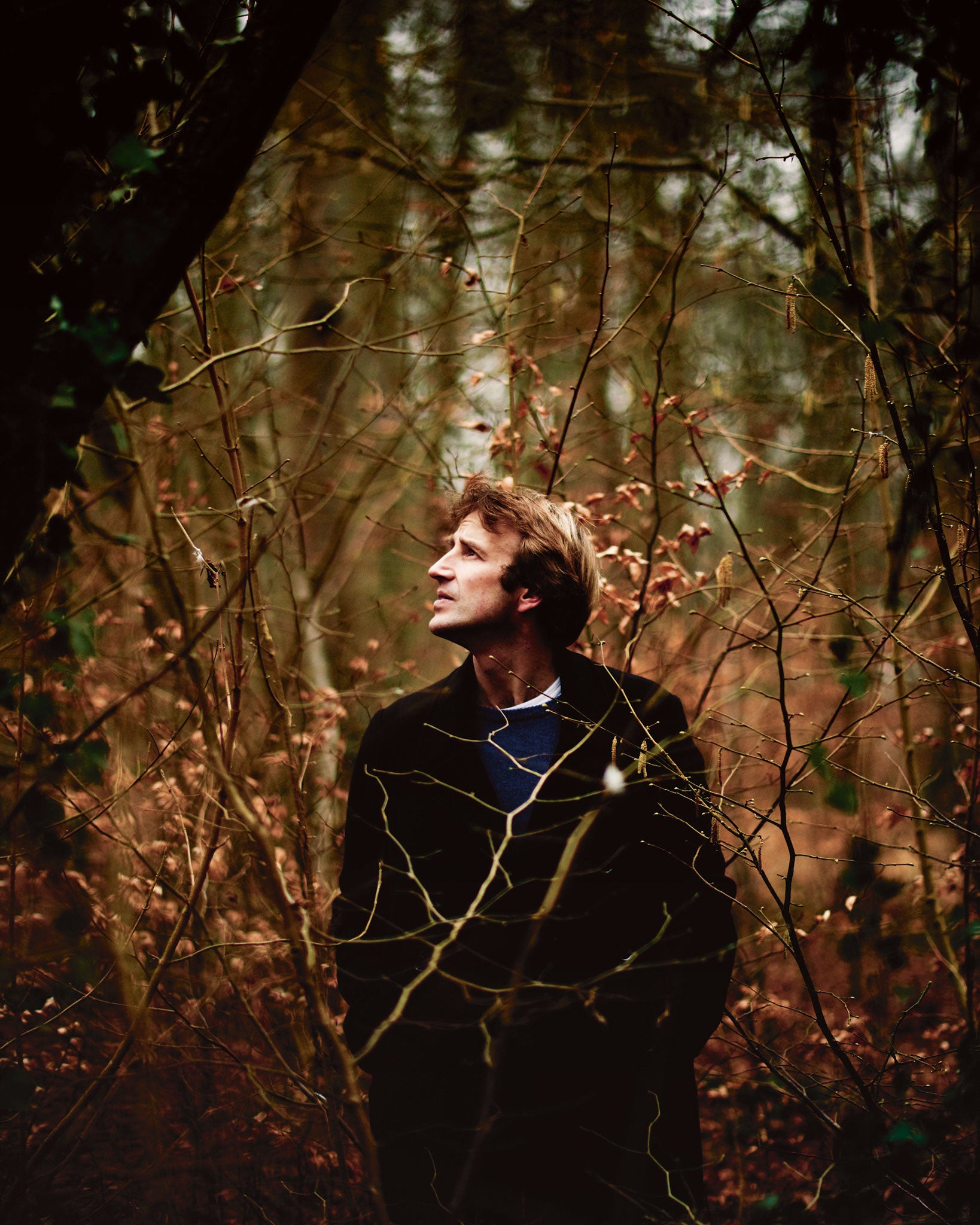
In 2003, his debut Mountains of the Mind braided journey, memoir, history and literary essay into a textual tapestry given strength and unity by the author's voice: learned, yes, but intimate, lyrical and welcoming on top. After its prize-winning reception came The Wild Places and then, in 2012, The Old Ways: an informal trilogy that both reinvigorated the British literature of landscape and cleared new paths for it through the badlands of modernity.
Inspired by maverick wanderer-writers such as his mentor, Roger Deakin, and the Scottish novelist-naturalist Nan Shepherd, he showed that the prose of place could encompass rough as well as smooth, newness rather than nostalgia, and could descend from the peaks to marvel at the wilderness in our backyard. Not only loss or lack drives us to the wild, his recent work insists. "I suppose that I'm keen, if possible, to free the idea of writing about place from the sense that it always has to be retrospective," he says. "There are forms of experience and encounter that are absolutely of the moment."
His fourth full-length book of places is Landmarks. Here, the language of landscape takes centre-stage. He punctuates essays about the locations that inspired favourite writers – from Deakin and Shepherd to Richard Jefferies, JA Baker, Barry Lopez and John Muir – with eye-opening, and tongue-loosening, glossaries of local words for land and weather. These lexicons of fog and hedge and cloud, of marsh and storm and stream, show how country people have defined and refined their surroundings. Learn some of them, and we may see more clearly, notice more, and enter more deeply into the landscape. Macfarlane had been collecting these words "fairly casually for a long time", before a trip to windfarm-threatened marshes on the Hebridean Isle of Lewis brought home the need for a "counter-desecration phrasebook". Then he found that the Junior Oxford Dictionary had purged a host of fairly basic nature words from k its latest edition. As Landmarks pithily puts it: these days, "for blackberry read BlackBerry".
Landmarks celebrates the microscopic verbal detail that clarifies a farmer's, a fisherman's or a climber's view of earth, sea and sky – "sike", for instance, a Yorkshire word meaning a small stream; "didder" being the quivering of a bog as the walker approaches in East Anglia; and "wham" a swamp in Cumbria.
"This is predominantly a common language," Macfarlane says. "It is not a language that has been made by elites for elites, but one spoken by walkers and by workers. If I have spent 15 years coming down from the mountains into the beaten track, then this perhaps is a step even further into the common ground of language."
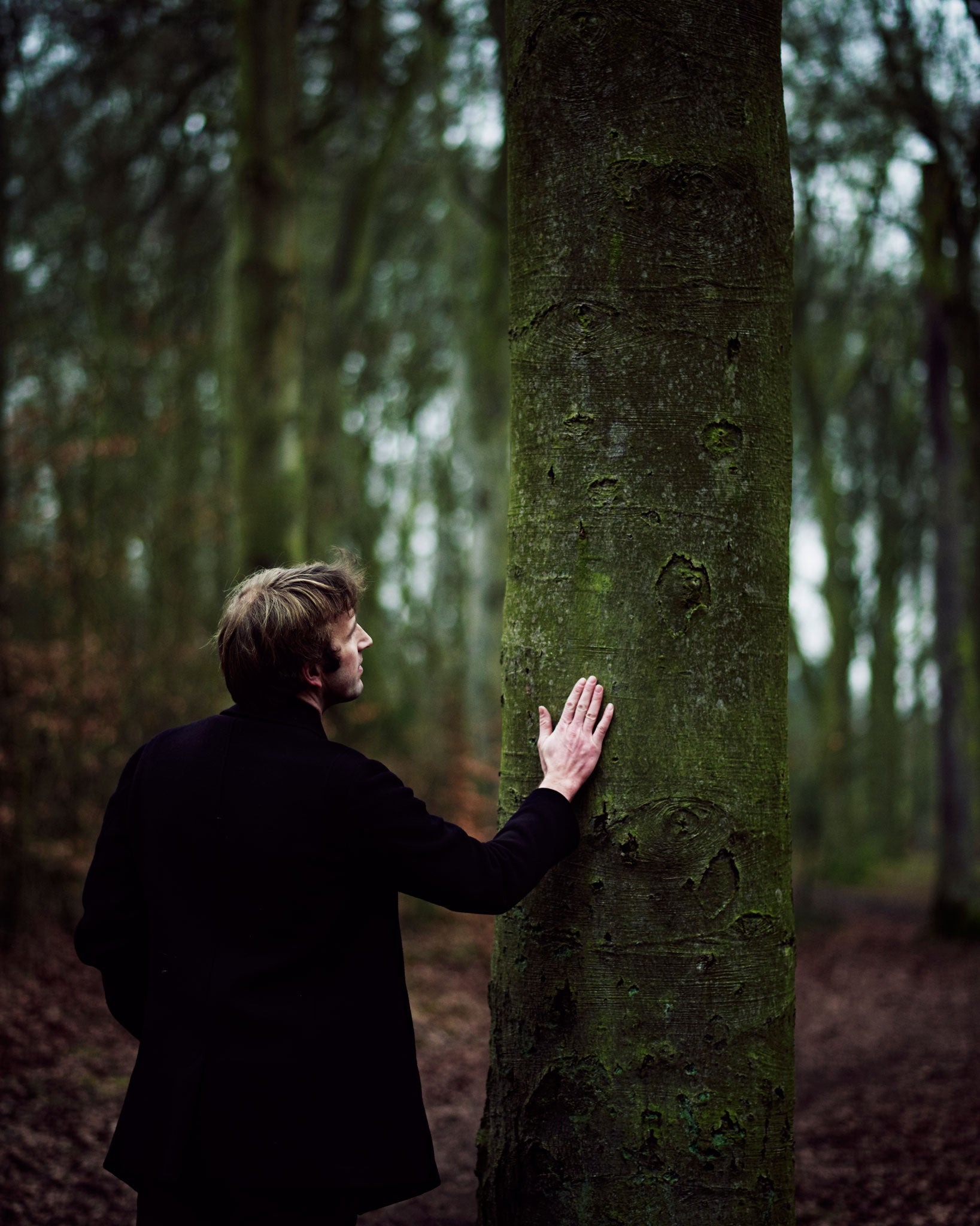
These archives of endangered vocabulary do feel "elegiac", he admits, "in the sense that I think there is a loss of language and a loss of literacy". Yet he strides onwards too. The book concludes with schoolchildren near Huntingdon, poetically creating their own words for weather: "Language is being made, freshly minted."
In Landmarks, Macfarlane recalls that "becoming a father altered my focal length". Unmoved by grandeur, children are "rapt by the miniature and the close at hand". As we walk through mixed-up terrain that calls for a tight focus rather than a panoramic lens, he reflects: "One of the things that people often say to me is that you don't write about your family at all. And I don't tend to do that. But the presence of children is strong in this book."
From the chalk pits, we have moved to a wildlife-rich field path beside a busy road over a Roman causeway. On one side lies open land that the booming city of Cambridge will soon claim for housing. Macfarlane, who lives nearby, has walked hundreds of miles along this one track, but has few Nimby-ish regrets about development. The old way will endure. Other people will enjoy it. "From November through to early January, this is absolutely thick with birds," he notes, "because the hawthorn berries and the rosehips attract them. As you walk down, the birds roll ahead of you. I'm always excited to see the redwings, and the goldfinches. And then, occasionally, something like the peregrine. And you feel that the whole landscape is startled."
Ah, the peregrine. Near here, where the path climbs into a much-loved beech wood planted in 1840, Macfarlane saw that scarce raptor swoop on its prey: an improbable sighting around here, and a first for him. Oddly, later that day he was due to drive to Essex on the trail of JA Baker, "a private and pained man, in flight himself", who converted his sorrow and solitude into a masterpiece of enraptured ornithology, The Peregrine. Such uncanny incidents waymark the book – none stranger than the letter that arrived out of the blue, the day before he finished the last chapter. It came from a linguistic scholar in Qatar who had compiled a global glossary of place-words, 3,500 pages long and with 50,000 headings. It felt, to say the least, eerie "to finish the book and find its own originating dream brought true by a scholar in the desert".
We wander under towering, bare-armed beeches, Macfarlane struck into glee by the lurid acid green that girdles the base of their trunks. He used to have a theory that, uplifted by woodlands, people carved only happy graffiti into bark. "But that turned out not to be the case." Last summer, in Slovenia, he walked in woods where limestone sink holes had been used "as mass execution or body-disposal sites at end of the Second World War". Around this "contested site", he found swastikas carved into tree trunks – "One of the darkest places I've ever been."
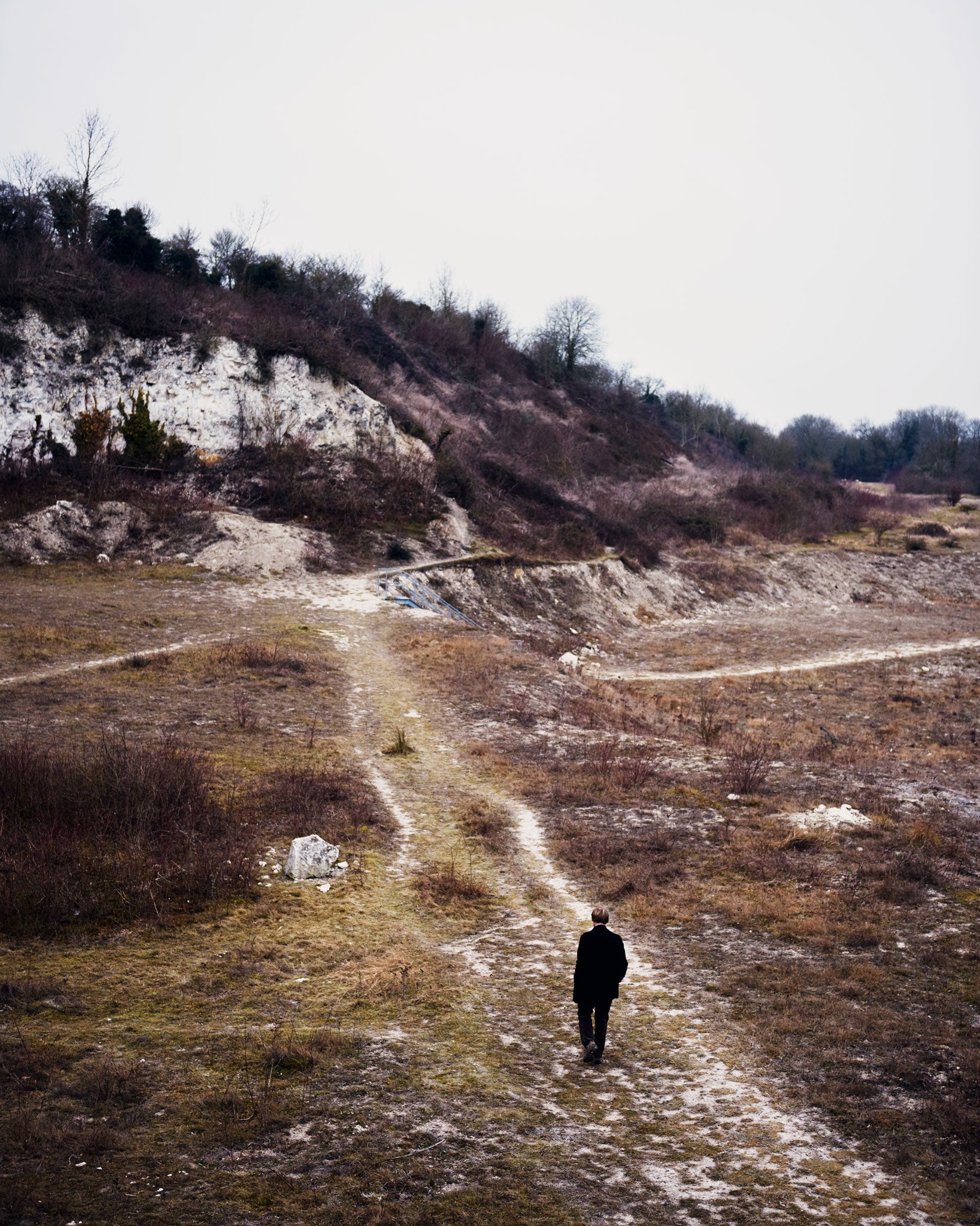
Out of the woods, we skirt a golfing range where the drone of tractors collecting balls adds a fresh theme to the dissonant symphony of "post-pastoral" countryside. If Macfarlane adjusts your focus so that you come to relish this lowland muddle, his aesthetics of intimate wildness began at a higher altitude. In her beloved Cairngorms, Nan Shepherd celebrated each slope and dip rather than worshipping the isolated lofty peak. She "helped me to understand a geography of mountains which is not based on the summit". Now Macfarlane is researching the screenplay for a film about the Arctic, where "I expect that everything I've read about the place is going to be radically disrupted. It's not about polar purity and Arctic extremity, but oil flares and Big Gas."
To reach the final stage of our pilgrimage, we can either trudge along more marginal pathways or take the car. Since this excursion is not fixated on natural purity, I suggest we ride. At nearby Wandlebury Ring, an Iron Age hill fort occupied the site around 400BC, then a Roman stronghold, an Anglo-Saxon meeting-place, a medieval castle, and a Jacobean mansion. Now picnic benches sit at its ancient heart. Around the fort circles a sunken path. It reminds me of the Dorset "holloway" that he explored, with Roger Deakin, in The Wild Places. Once an exemplary man of the mountains (he grew up, among zealous climbers and campers, in a medical family near Nottingham), Macfarlane has become more of a diver, a delver, a fossicker. He may yet turn miner. The next book will descend into the underworld. Hence his plunge into the Paris catacombs.
Deep in this hidden path, he admires tangled tree roots "like mating snakes", and wonders if his glossaries still lack a term for them. Much as he loves the 50 (and more) shades of mud or mist, of turf or sleet, in Landmarks, Macfarlane has little time for rustic archaism. "It's not that I think we should all be spouting dialect to one another," he explains. "It's more a sense of wanting to send people out into the fields and back into the dictionary." Readers still inform him about local terminology, and he thrills at "the magic of it when you push these words back into circulation". As those inventive kids beside the A14 confirmed, he believes that our language can be re-wilded, and our senses sharpened by these evocative vocabularies.
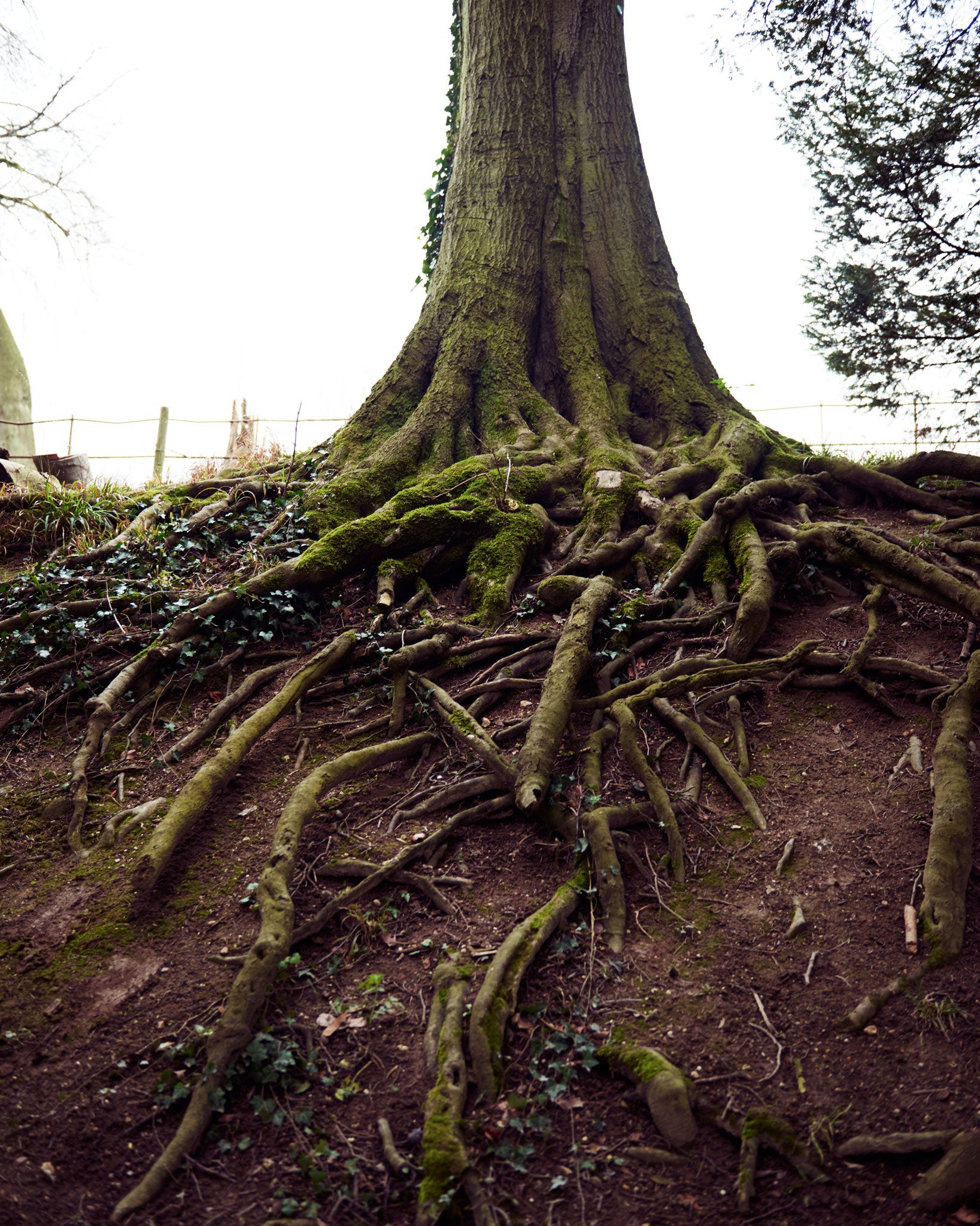
"There would be ways of trying to aggrandise the project in terms of its political outcome," he comments. Certainly, he rebuts the idea that landscape-writing always has a reactionary or at least nostalgic hue: "I imagine that, if Burns knew what I was up to, he'd probably quite approve." So he would. Above all, though, he feels a "simpler gratitude" about "being given these words. And gift is another theme that runs through the book: gift without expectation."
Down from the hill fort, back in the car park, our gift of a grey morning ends. Later, I'm delighted to discover that among the wild flowers that now flourish in the Cherry Hinton chalk pits is the "rare moon carrot". Surely, the hybrid fox-deer of Cambridgeshire must chomp happily on the rare moon carrot there.
Reading the land: Macfarlane on Cherry Hinton chalk pits
'Two miles south of the centre of Cambridge lies a moonscape. A vast abandoned chalk quarry is slowly being recolonised by nature. Ivy curtains the white cliffs; briar thickets the slopes; dogwood scrubs the quarry's pale belly. Here and there lie huge chalk boulders – hunks of regolith, slowly flaking away. It took me years even to find this place, though I live nearby.
Despite its volume, it's a hidden space, a sunken arena – you can drive along its wooded edges and not know it's there. Diverse histories lie hard by each other: Bronze-Age burial barrows, the contours of an Iron-Age hillfort; Roman post-holes; an Anglo-Saxon grave that held a crystal ball and spear-head; a mobile-phone mast; crumpled booze cans from last night's party.
So do diverse natures: muntjac deer, foxes, dog-walkers, the rare moon carrot plant, and –astonishingly – a breeding pair of peregrines, up on the south- west cliffs, sharing their vertical homes with a mob of yakking jackdaws. Up near the same cliffs, an Apollo infrastructure of steel steps and handrails has been fixed in place. If Britain ever needs to fake a moon-landing, they could film it right here in this weird white world.'
'Landmarks' by Robert Macfarlane is published by Hamish Hamilton, priced £20
Subscribe to Independent Premium to bookmark this article
Want to bookmark your favourite articles and stories to read or reference later? Start your Independent Premium subscription today.
Join our commenting forum
Join thought-provoking conversations, follow other Independent readers and see their replies
Comments